Unique ID for Clinical Investigations under MDR
- Posted On- 02 Feb 2022
Conducting a clinical trial is probably the most tedious process that a medical device manufacturer must go through. The clinical investigations are conducted to meet regulatory requirements related to the generation of clinical data in support of safety and/or clinical performance for CE marking or maintaining the CE mark of the subject device. MDD dedicated just one article related to “Clinical investigation”, whereas the new European Union Medical Device Regulation (EU MDR) discusses the “Clinical investigation” in around 20 articles. Hence, the manufacturers should be aware of the new guidelines to ensure that this crucial process is well organized.
This blog covers the key highlights on instructions for generating CIV-ID for MDR Clinical Investigations, per the new guidance released by MDCG which clarifies how Competent Authorities should use Eudamed for obtaining the unique single identification number (CIV-ID).
Why CIV-ID is required for clinical Investigation and what is it?
According to the MDR, a clinical investigation must be registered in the Eudamed (Article 73, Clause 1). Moreover, a unique ID number is assigned for each investigation (Article 70, Clause 1 & Article 73, Clause 1a).
The unique ID number being discussed here is the CIV-ID. CIV ID is a Union-wide unique single identification number. The purpose of generating a CIV-ID is to create a European tracking number which can be used to identify a specific clinical investigation. A CIV-ID facilitates communication between sponsors and competent authorities, as well as between competent authorities in different member states. For clinical investigations under Regulation (EU) 2017/745 (MDR) the Competent Authorities (CAs) use Eudamed2 to obtain a Union-wide unique single identification number (the ‘CIV-ID’), upon submission of the required information to Eudamed2 (continuation of current MDD practice).
When to obtain a CIV-ID?
The sponsors are encouraged to obtain a CIV-ID from a Competent Authority before the first submission of application/notification, because Single Identification Number (SIN) cannot be generated till the Eudamed is fully functional. Hence, the CIV-ID can be used throughout their clinical investigation documentation wherever the SIN would have been used if Eudamed was available. However, the CIV-ID may also be generated by the Competent Authority upon receipt of a first submission. It is also important to provide the generated CIV-ID to the sponsor so that it can be used for subsequent submissions to other member states.
What is Eudamed?
Eudamed is a secure web-based portal acting as a central repository for information exchange between National Competent Authorities and the European Commission. The first version of Eudamed was developed in 1999 and updated to Eudamed2 in 2009. Eudamed2 has been processing device, certificates, NCARs and clinical investigations data for many years. The EU Commission is currently developing a new European database (Eudamed3) to fulfil the requirements of the new EU Regulations for medical devices and in vitro diagnostics. The new Eudamed is now expected to become applicable from May 2022.
How to generate CIV-ID for MDR clinical investigations?
Now we know that the Competent Authorities (CAs) obtain a Union-wide unique single identification number (the ‘CIV-ID’), upon submission of the required information to Eudamed2. To do so, below steps need to be followed:
- STEP 1 – Search /generate a Clinical Investigation ID, ('CIV ID')
First of all, a search is to be conducted by entering the Manufacturer name, CIV title, Protocol code and Primary objective(s). This step is to avoid more than one CIV ID being generated for one clinical investigation. If a previously assigned CIV-ID is found for the clinical investigation, just note the existing CIV-ID, there is no need to generate another one. If the Clinical Investigation is not found, a new CIV ID needs to be generated before creating the Clinical Investigation.
- STEP 2 – Enter the mandatory details of the related Clinical Investigation.
Generating a CIV-ID is not enough as it will remain draft and so not visible for the other Competent Authorities. It is thus necessary to also complete the subsequent steps (i.e., to amend certain CIV-details manually and confirm the CIV-ID).
Although there is no need to enter all details for a Clinical Investigation under MDR. Some of the information is entered during the CIV ID generation, for example Reference, Protocol Code, Title, Submission type and Primary objective.
- STEP 3 – Confirm the Clinical Investigation.
A Eudamed record initially has a status of "proposed". Once the record is confirmed, the status becomes, "confirmed".
Till the time the status is "proposed", the record is only visible to the CA who has created it. Once it is “confirmed”, it becomes visible to all the Eudamed users.
CIV-ID generation is an integral part of the Clinical investigation procedure under Regulation (EU) 2017/745 (MDR). The guidance document (MDCG 2021-21) reflecting on the Instructions for generating CIV-ID for MDR Clinical Investigations was released in July 2021 by the Medical Device Coordination Group (MDCG). These instructions continue the CIV-ID generation process previously in place under the European Medical Devices Directive (MDD); once Eudamed fully launches, Single Identification Numbers (SIN) will be generated for clinical investigations. The Competent Authorities (CAs) are responsible for generating the CIV ID by following instructions discussed above whenever a clinical investigation notification is received by them. It is then provided to a medical device clinical study sponsor who uses the CIV-ID for all necessary clinical investigation documentation and submission activities. It is to be noted that in case of a multi-centre clinical investigation, the same CIV ID is to be used for all parts of the clinical investigation.

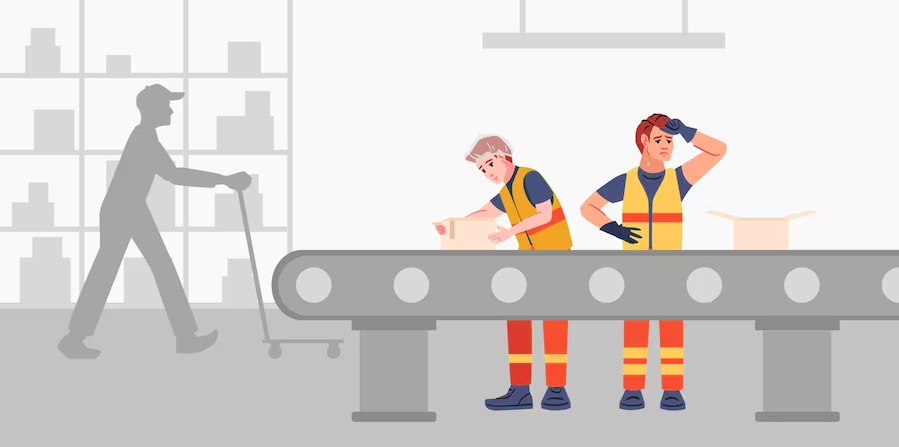
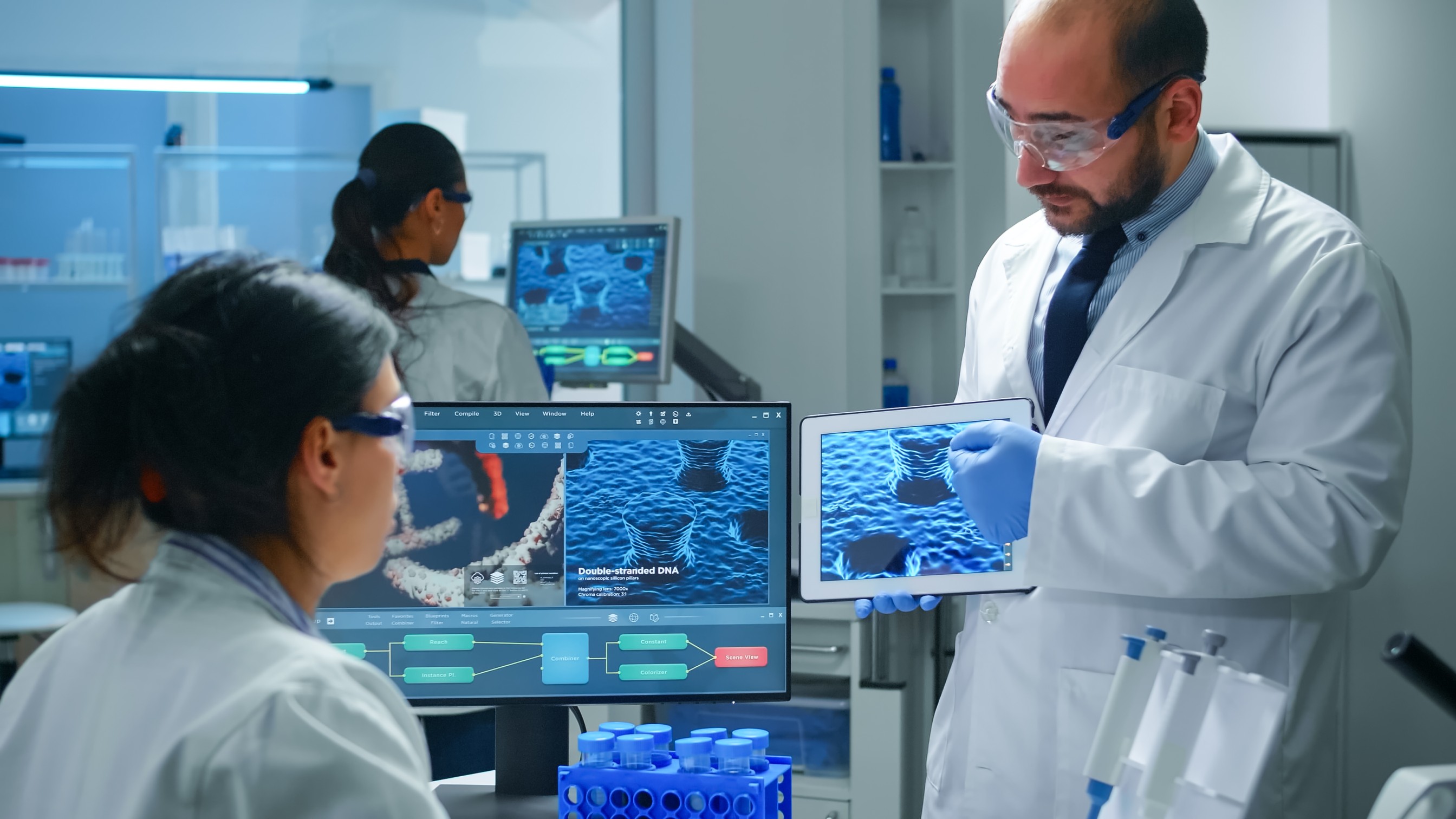

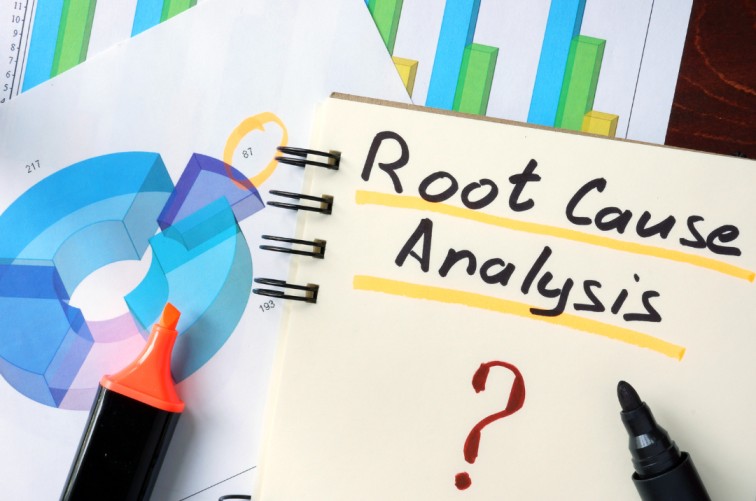


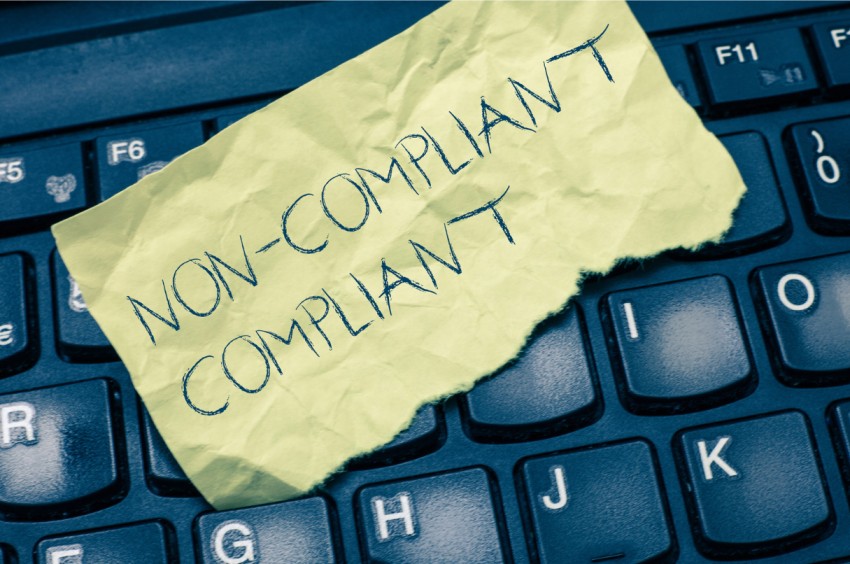


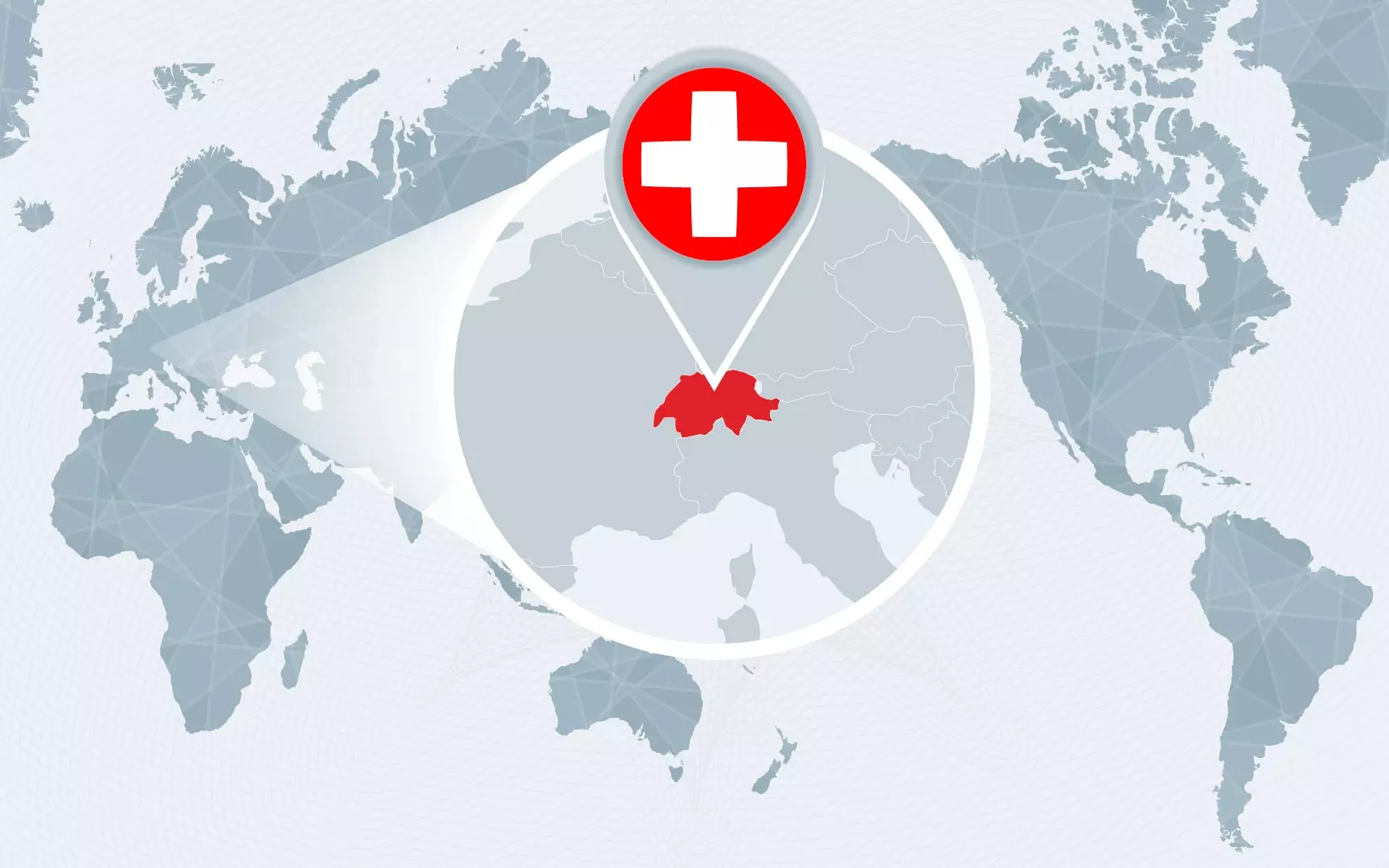
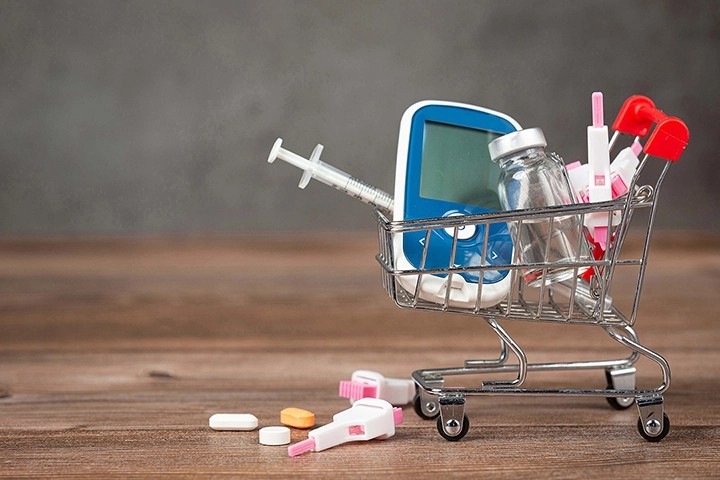
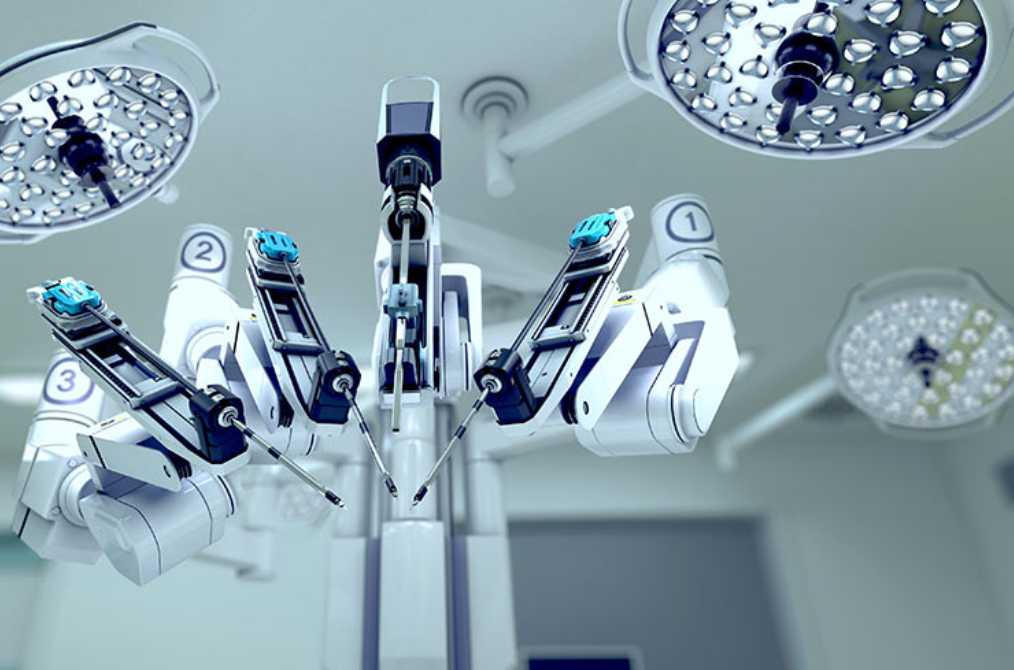
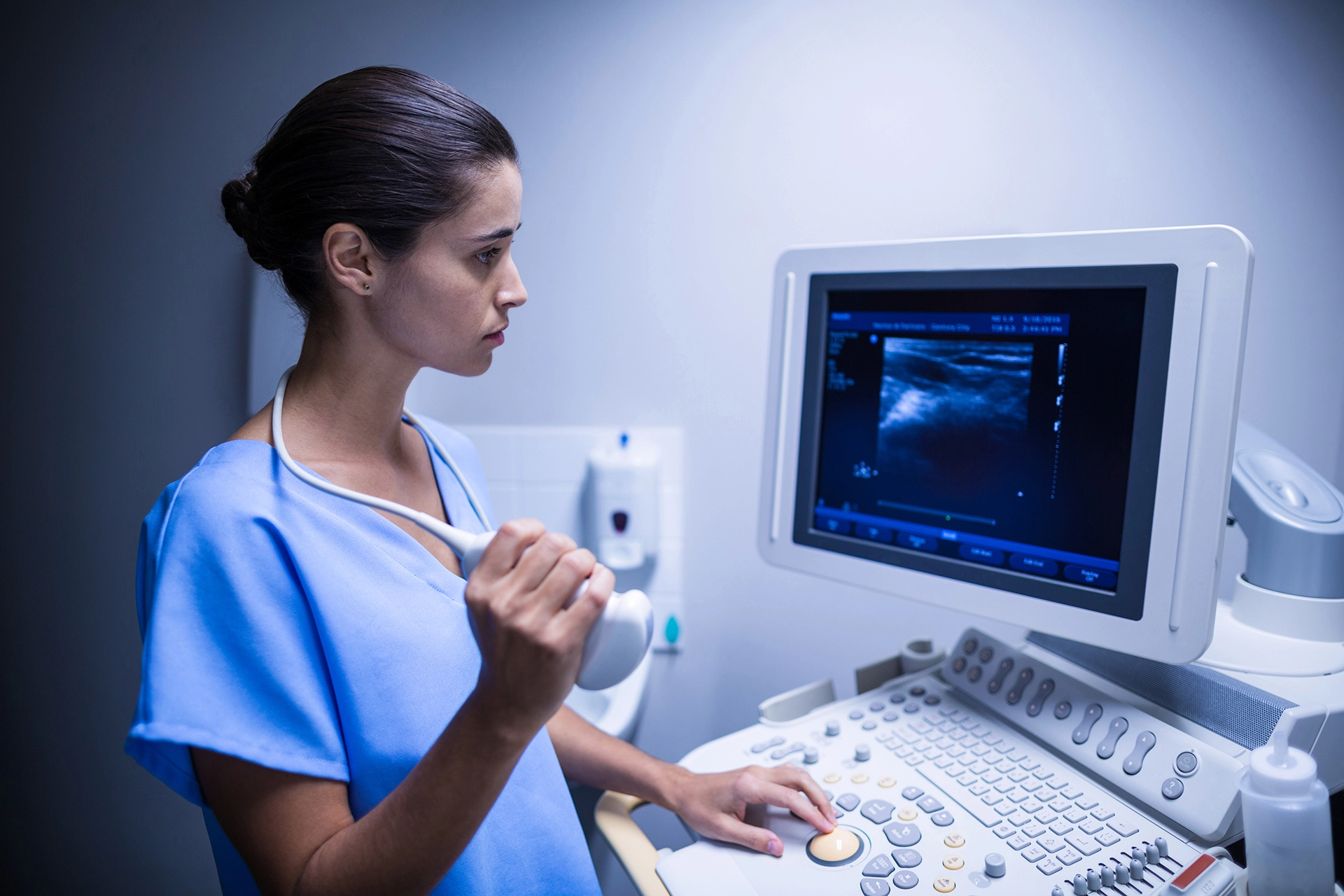

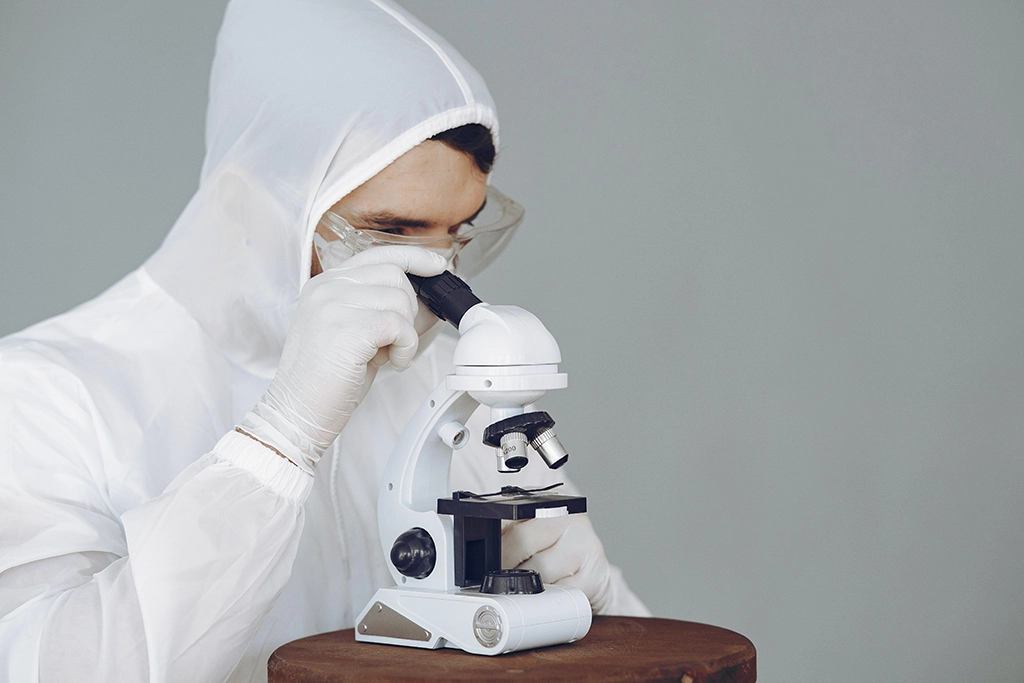
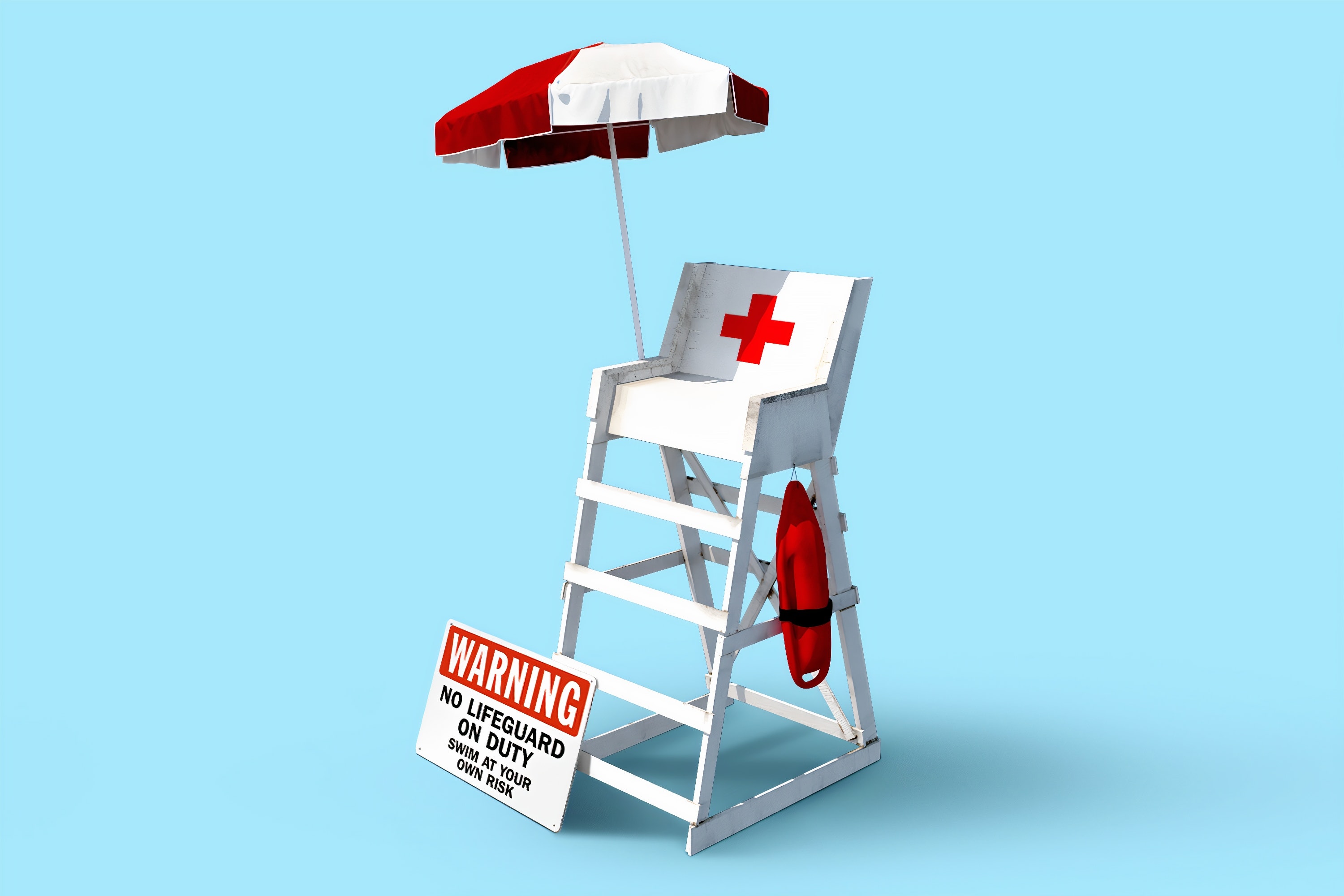



Comments